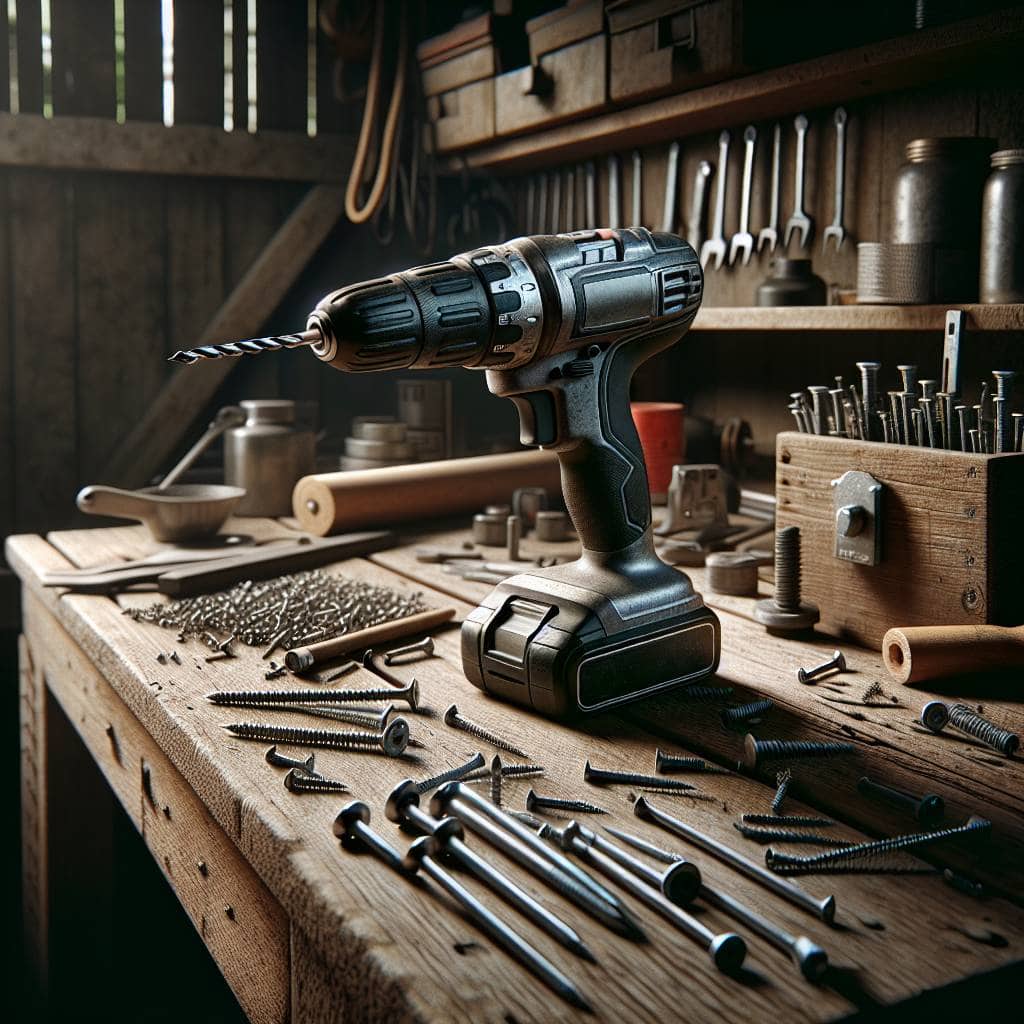I remember the first time I tried to fix our old barn door with a cordless drill. There I was, standing knee-deep in a pile of mismatched screws and bolts, feeling as clueless as a rooster in a rainstorm. That drill was supposed to be my magic wand, turning my repair job into a DIY fairy tale. Instead, it felt more like a wand with a dead battery — all promise and no punch. I stood there, cursing under my breath, wishing I had paid more attention to the specs rather than the flashy packaging. It’s easy to get lost in the aisles of hardware stores, where every drill claims to be the best. But let me tell you, choosing the right one is more art than science, more instinct than instruction manual.

So, here’s the deal. We’re diving into the guts of cordless drills, peeling back the layers of marketing glitter to get to the heart of what matters — power, reliability, and a little thing called value. I’ll walk you through the maze of 18V versus 20V, brushless motors, and all those combo kits that sound like they’re straight out of a sci-fi flick. Brands like DeWalt, Milwaukee, and Ryobi will all have their moment under the spotlight. By the end of this, you’ll have the know-how to pick a drill that fits your needs like a glove — or at least better than my first attempt at barn repairs. Let’s get those gears turning and find the tool that’ll hum like a trusty old engine in your hands.
Table of Contents
Why 18v vs 20v Is the New Coke vs Pepsi Debate in My Garage
Picture this: you’re standing in your garage, staring at a wall of cordless drills, each promising to be the knight in shining armor for your DIY escapades. But here’s where things get spicy. The age-old debate between 18V and 20V drills has folks picking sides like it’s the cola wars all over again. It’s the kind of feud that makes you feel like the volts are duking it out, each vying for the title of the ultimate power tool. But let’s cut through the nonsense. The real secret? The difference is like choosing between a medium and a large coffee. Most of the time, it’s just a label dance. The 20V you see on the sticker is just an 18V with its chest puffed out. Same power under the hood, just a flashier badge.
And then we toss brands into the mix—Dewalt, Milwaukee, Ryobi—each one parading its own lineup like proud peacocks, strutting their stuff in a hardware store showdown. You’ve got your brushless motors hyped like they’re the sports cars of the drill world, promising more torque than a farmer’s tractor at plowing time. And the combo kits? They’re the tool version of a value meal, bundling bits and chargers with a side of convenience. But in the end, what matters isn’t the number on the box or the brand logo—it’s how the drill feels in your hands, how it sings when you pull the trigger, and whether it’ll stand by you as you build and fix your dreams. So grab a drill, any drill, and let’s get building. After all, it’s not the volts that make the craftsman, but the hands that hold the tool.
The Drill Dilemma: Voltage and Versatility
Choosing between an 18V and a 20V drill is like picking your favorite wrench in a toolbox full of them—each has its quirks, but what really matters is how well it fits your grip. Whether it’s a brushless beauty from DeWalt or a sturdy workhorse from Milwaukee, the best cordless drill is the one that feels like an extension of your own hand.
The Drill Dance: My Unfinished Symphony
In the end, my journey with cordless drills has been a bit like finding the right tune for an old engine. You twist, you turn, and sometimes, you just have to listen to the hum of the motor to know if it’s right. Whether it’s the 18V or the 20V, each drill has its own rhythm, like a band of merry musicians in my toolbox. The Dewalts, Milwaukees, and Ryobis—they’re all instruments in their own right, ready to play the symphony of home improvement. But I’ve learned that it’s not about picking the perfect tool; it’s about making the one you’ve got sing.
Every time I pull the trigger on one of those bad boys, I’m reminded of the dusty afternoons spent fixing up the old tractors back home. The smell of grease, the rattle of old parts coming together—it’s a familiar tune. And maybe that’s why I cherish these drills, not for their specs but for their stories. These tools, with all their brushless motors and combo kits, are like the notes in my ongoing ballad of creation and repair. So, here’s to the next project and the next story—a never-ending dance with drills and dreams.